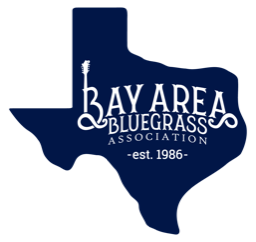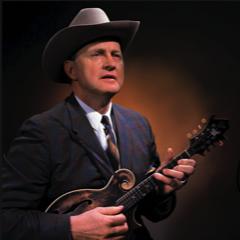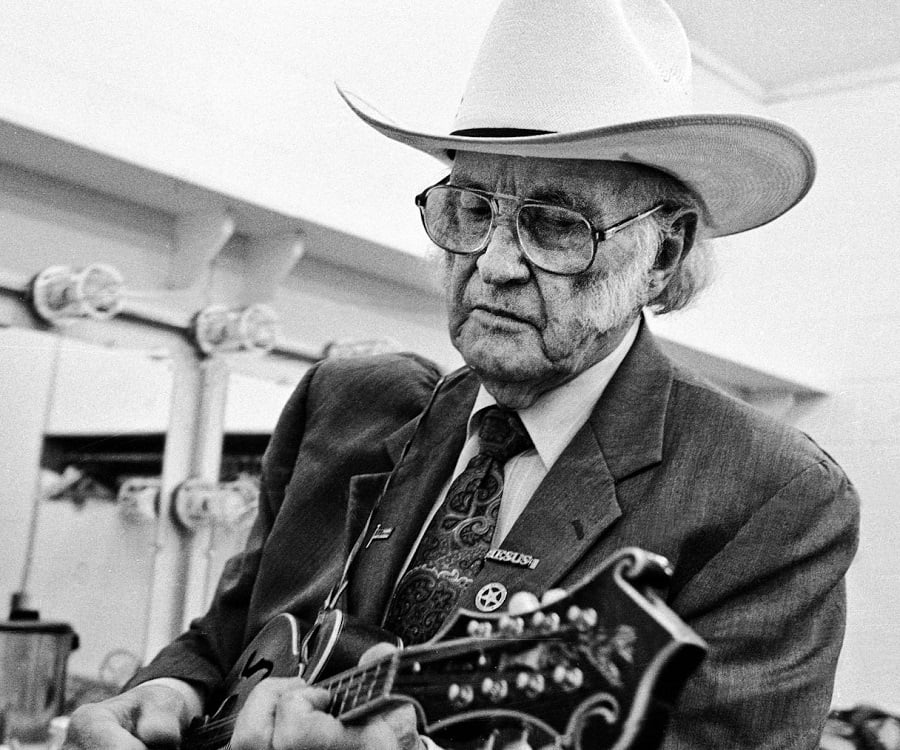Bill Monroe
American bluegrass musician, songwriter (1911-1996)
William Smith Monroe was an American mandolinist, singer, and songwriter, who created the bluegrass music genre. Because of this, he is often called the "Father of Bluegrass". The genre takes its name from his band, the Blue Grass Boys, who named their group for the bluegrass of Monroe's home state of Kentucky. He described the genre as "Scottish bagpipes and ole-time fiddlin".
Birth name William Smith Monroe
Born September 13, 1911, Rosine, Kentucky, U.S.
Age at death 84 years






